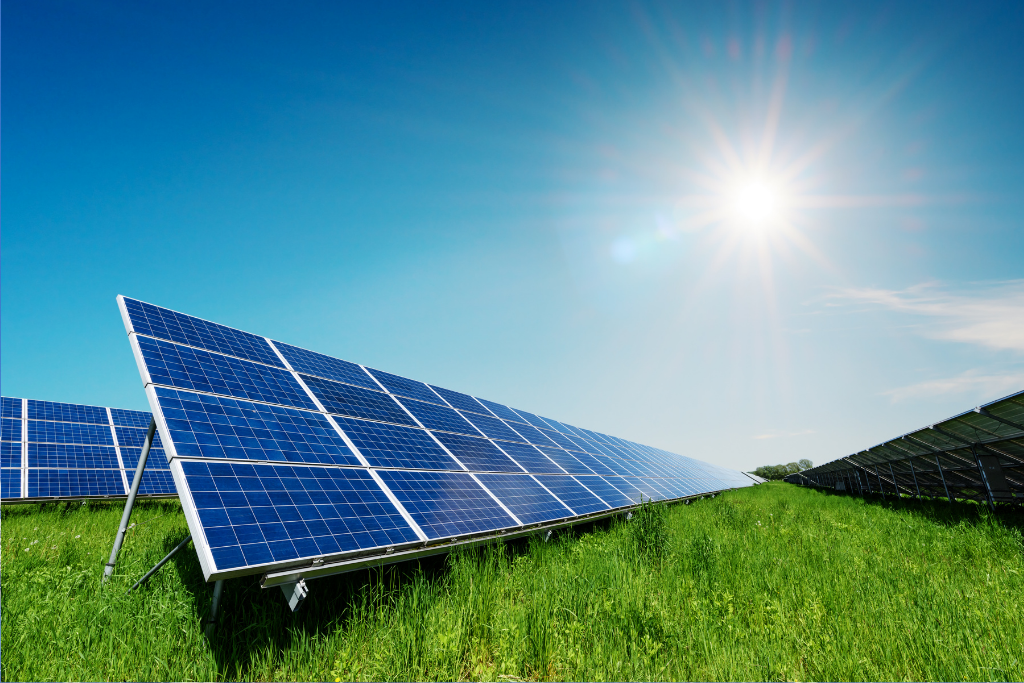A solar panel is a collection of solar photovoltaic (PV) cells that gather and absorb the sunlight and generate that light into electricity to power homes and businesses. For most installations, several solar panels are connected to make a solar array. The components of a solar panel include solar cells, glass casing, back sheet, metal frame, and cabling to transmit electricity
Brief History Of Solar Electric Power Technology
Thomas Edison created direct current (DC) electricity, a circuit in which electrons flow in a single direction. DC electricity functions similarly to a battery powering a lightbulb, which was the standard in the United States until the 1880s. Nikola Tesla believed that alternating current (AC) electricity was a better solution since it could simply be converted to different voltages, making it easier to transport over long distances.
The format for electrical conduction began to change when Tesla’s technology was chosen for the Chicago World’s Fair in 1893, and AC electricity became the standard for the electric power grid in the United States. Tesla, Inc. is now the name of a company created by Elon Musk that uses AC electricity for its energy-efficient vehicles and solar technologies.
The sun’s energy is very important to all life on earth, and people have always found ways to gather its energy. Solar PV technology, as we know it today, has been around since Bell Labs made the first silicon cell in 1954. By 1960, solar cell efficiency had drastically improved from 4% to 14%.
The solar energy industry proceeded to expand throughout the following decades. Solar technology improved due to multiple investments in research and development and regulatory frameworks for solar interconnections established by federal and state governments. These both included policies such as tax credits, rebates, and renewable energy standards to regulate the market.
INVEST IN YOUR OWN ENERGY
By 1999, solar capacity had reached 1,000 megawatts (MW). In 2000, while astronauts were installing solar panels on the International Space Station, Sandia Laboratories created the modern inverter. The modern inverted then improved system safety during power outages.
In the almost two decades since then, solar panel prices have fallen dramatically due to innovations in solar panel design and racking system improvements that make installations easier and faster to complete. According to a data report from Statista, within the nearly two decades spanning from 2000 to 2019, net solar PV power generation increased worldwide from 1,288 MW to 633,700 MW.
The future of solar technology innovation is to advance, making it simpler for average people to acquire highly efficient panels, and new systems will likely focus on materials beyond or in addition to silicon to convert sunlight better.
For instance, current breakthroughs with perovskites may lead to higher-efficiency panels and the ability to coat various surfaces with solar. This method will be as easy as painting. Given that the amount of sunlight reaching our planet every hour is enough to power the entire globe’s electricity use for a year, the potential for solar power is unlimited.
Different Types Of Solar Panels
Solar panel manufacturers use different types of solar cells and solar technologies, but the most common material used for solar cells is Silicon (Si). Silicon is a very important component of different types of solar panels, all with their own advantages and disadvantages. However, depending on how you’re using solar energy, knowing the benefits of any new solar cell technologies using additional techniques or materials is critical.
Solar cells are created from silicon and are built with a positive and negative layer to create an electric field. This is similar to a battery. Most solar panels are created from either monocrystalline or polycrystalline silicon.
Monocrystalline Silicon
- Efficiency range: 15%-24%
- How it’s made: Wafers are cut from a single block of crystal of highly pure silicon with cells that form a distinctive shape.
- Appearance: Monocrystalline cells have a uniform appearance of small black squares and they have notched corners. Solar panels made with these solar cells usually have either a white or black back sheet.
Features: These panels conduct electricity more efficiently and work better in high temperatures and shaded conditions, allowing them to create more solar power than other panels of the same size. Since this type of technology is the most popular, it also has a proven track record of durability. However, their drawback is that they are the most expensive panels and generate more waste in the manufacturing process.
Polycrystalline (Or Multicrystalline) Silicon
- Average efficiency range: 12%-16%
- How it’s made: Fragments from multiple silicon crystals are heated, melted, and pressed together to form a large solar cell.
- Appearance: These solar cells have a multifaceted, nonuniform, gem-like surface and are typically blue in color.
Features: Polycrystalline solar panels are less efficient but less expensive, and also less wasteful in the silicon manufacturing process. These are the most prevalent solar panels globally, primarily due to a production boom in China over the last few years. Additionally, these solar cells are covered by a glass casing, typically made from anti-reflective glass to increase sunlight absorption and improve solar panel efficiency, while also protected by a back sheet.
Thin Film Solar Panels
- Efficiency range: 7%-13%
- How it’s made: A thin layer of photovoltaic material or combination of materials such as noncrystalline amorphous silicon (a-Si), Cadmium Telluride (CdTe), or copper indium gallium selenide (CIGS) is added onto a surface such as glass, plastic, or metal.
- Appearance: Thin film silicon panels are typically larger and have a uniform, solid black appearance.
- Features: This is a more recent technology that’s commercially available and is suitable for homes or businesses where space is not a prominent issue. Thin film solar panels are easy to produce, low-cost, flexible, portable, and lightweight. However, they’re less durable and have a lifespan that is shorter.
A contractor can help you decide which solar panels best fit your roof and make sure if your roof is a suitable candidate in the first place. Make sure to talk to your contractor before proceeding with solar panel installation.

